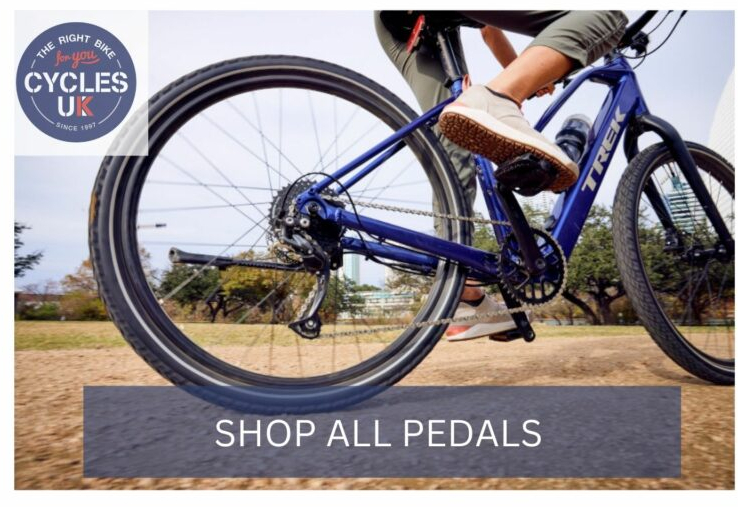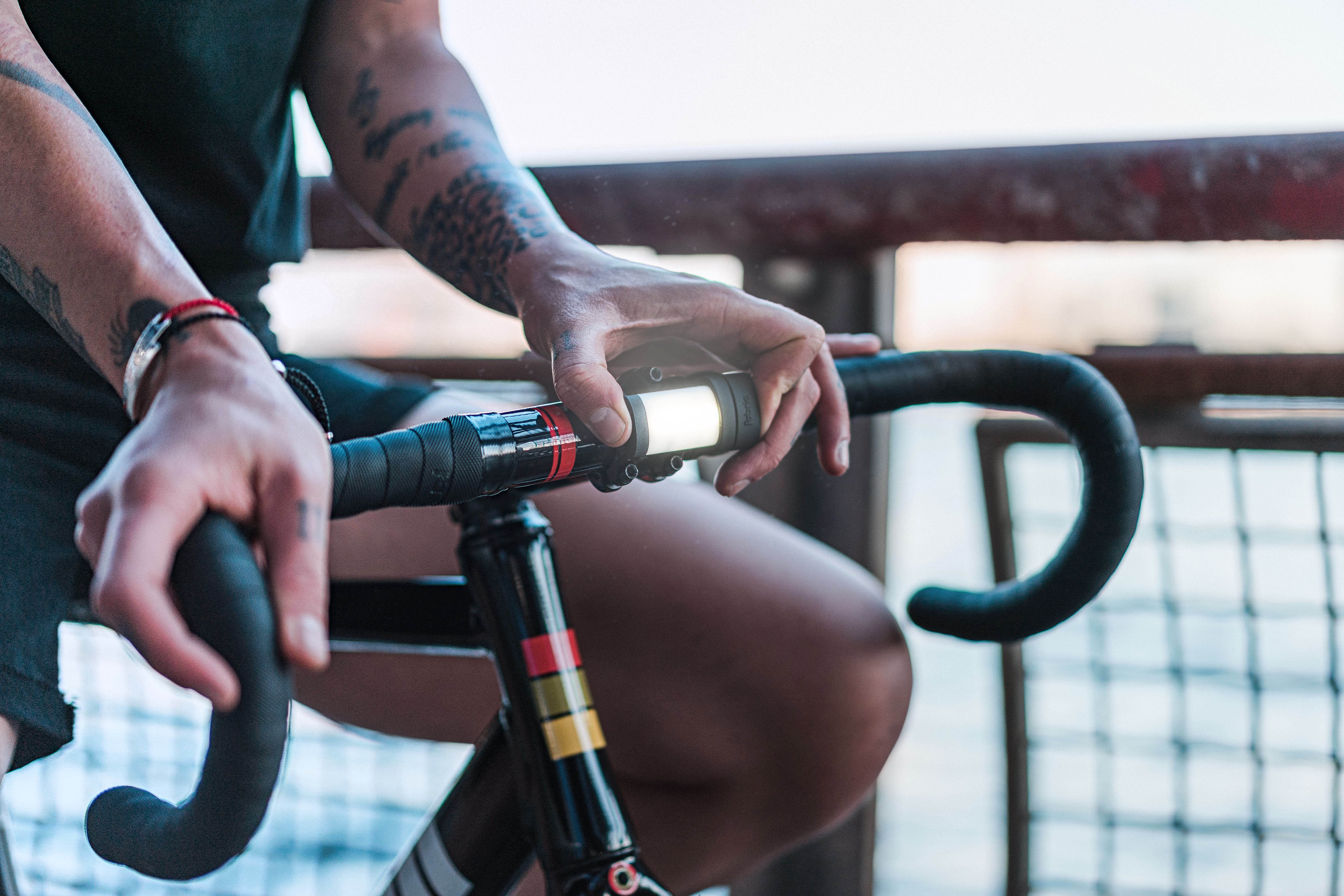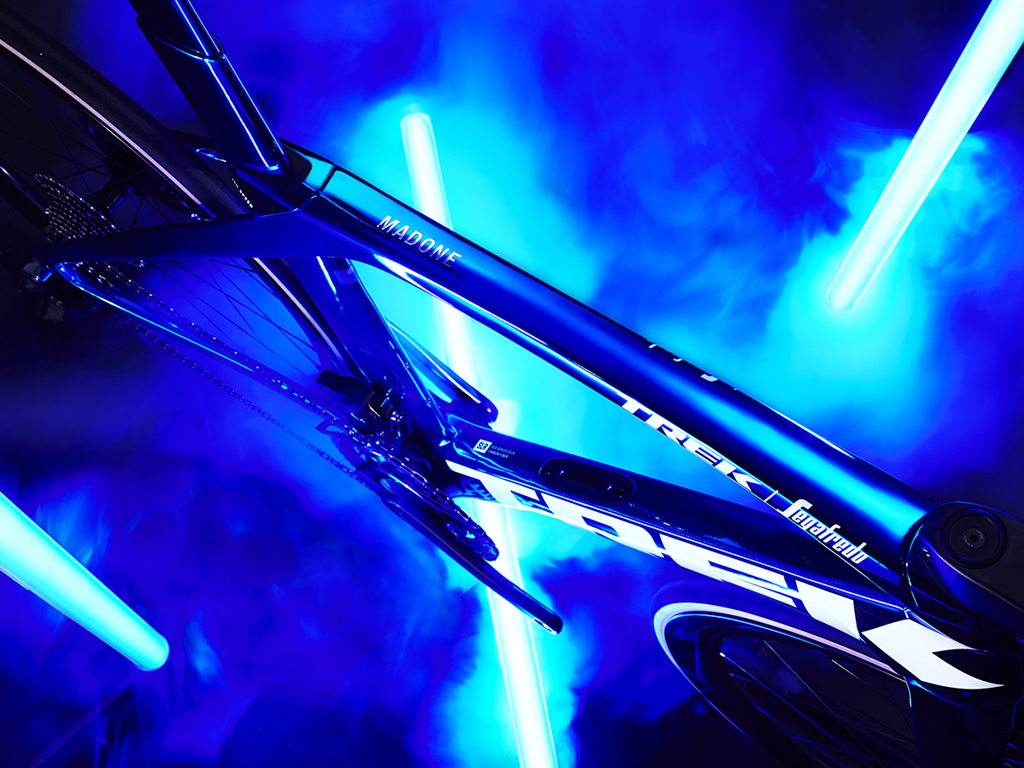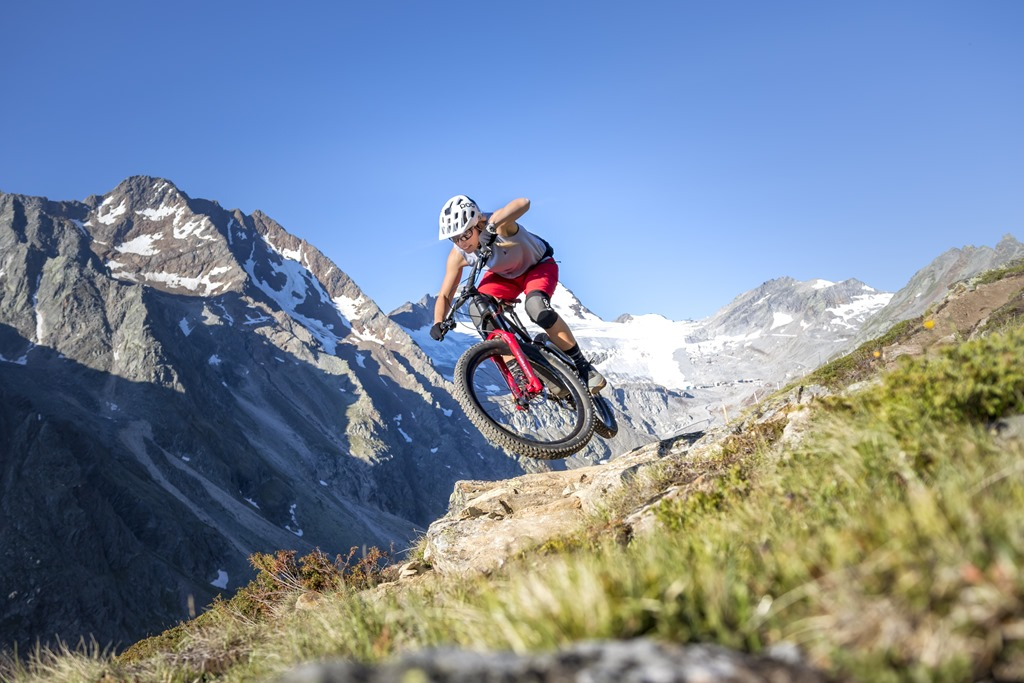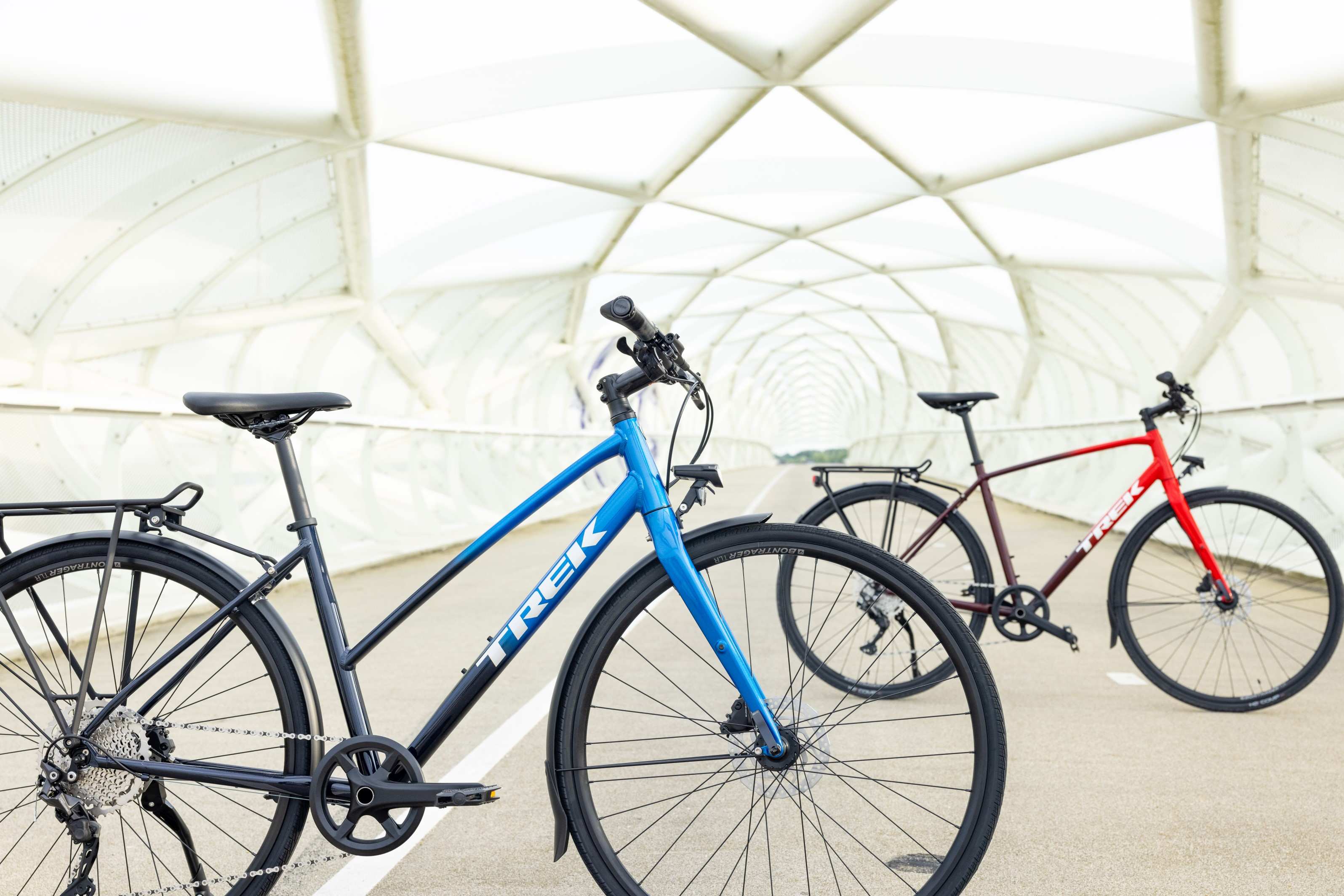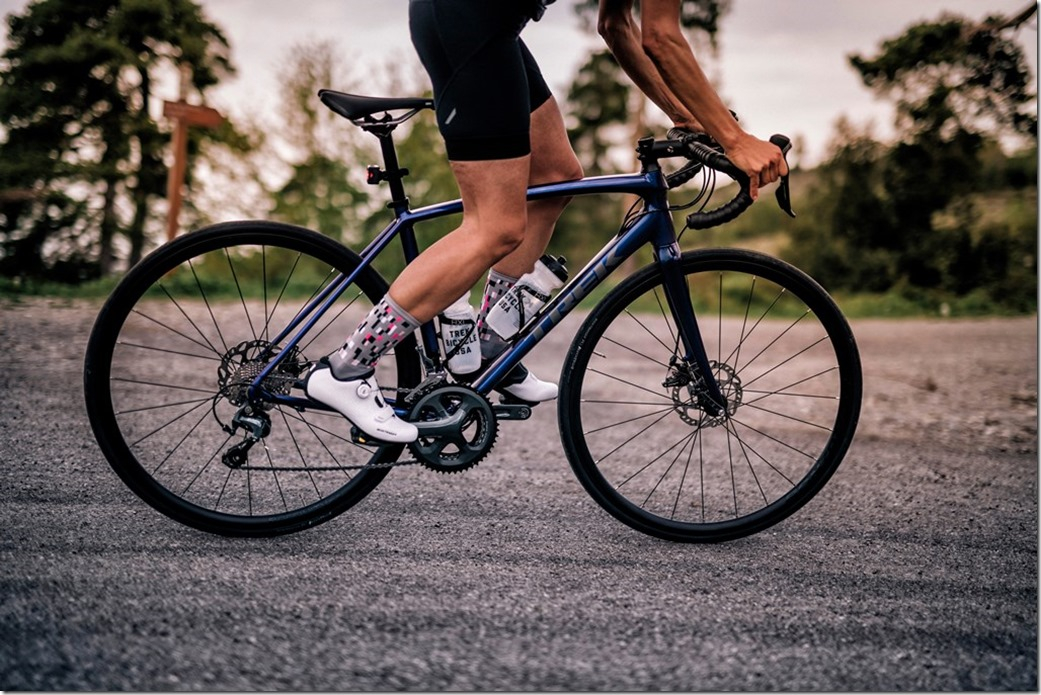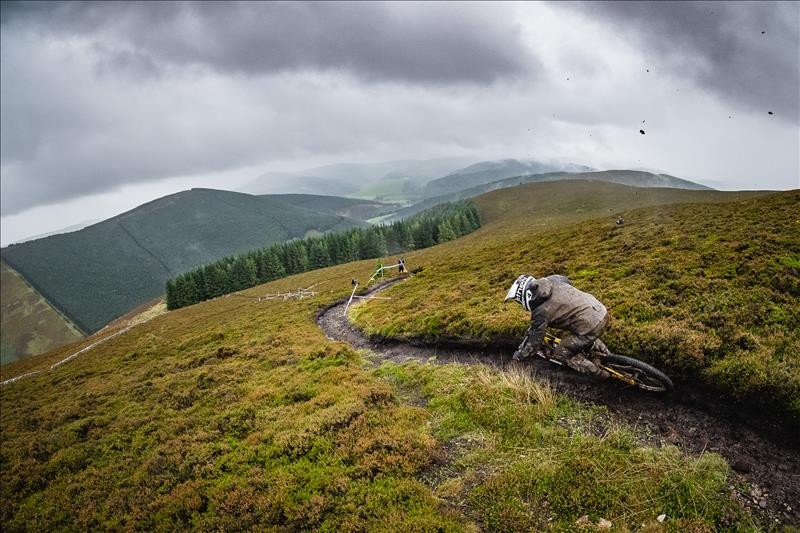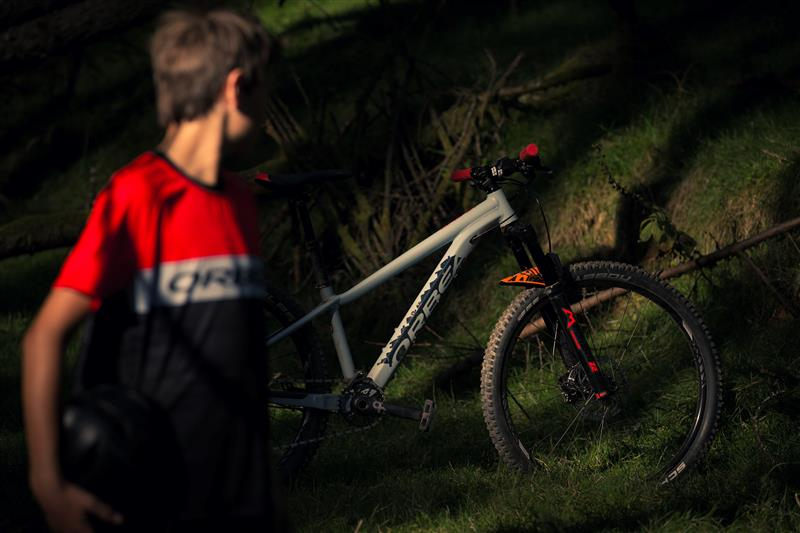How to Choose the Right Bike Pedals
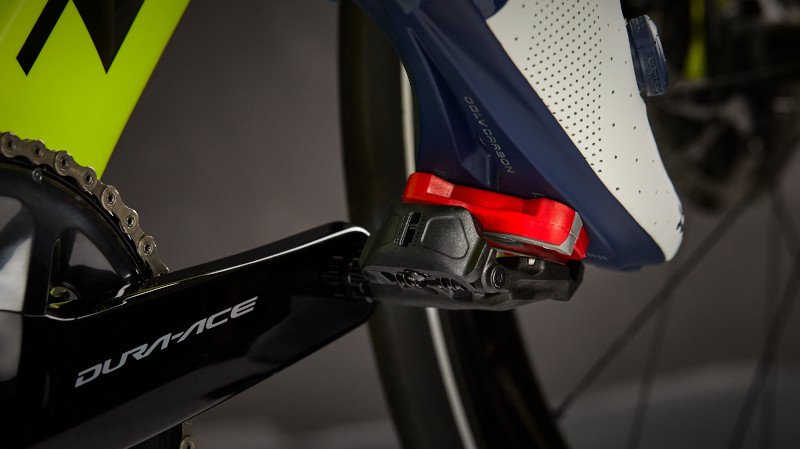
How to Choose the Right Bike Pedals
A lot of bikes don’t come with any pedals. That can be a bit of a surprise for people who are new, or returning to cycling. There are loads of different types of pedals out there so bike brands expect you will fit your own personal favourites. That’s great for experienced cyclists, but if you are new to it knowing how to choose the right bike pedals can be a daunting task. There are so many different types and styles of pedals, and it's hard to know which ones are right for you. Do you want clip-in pedals or flat pedals? What about platform pedals or toe clips? And then there are all the different brands...
Don't worry, we're here to help. In this blog post, we'll walk you through everything you need to know about choosing the right bike pedals. By the end, you'll be an expert on the subject and you'll be able to make an informed decision about which pedals are right for you.
Pedal sizes and Threads
All modern adult pedals use a standard fitting to screw onto the bike. This is a 9/16 thread. Any 9/16 pedal will fit any modern adult bike (you may find odd sizes on old vintage bikes). Please be very careful when attaching the pedals. They use an opposite thread from normal, and the threads are very delicate. It’s very easy, and expensive, to get it wrong. If in doubt get your local bike shop to fit the pedals for you.
Types of Bike Pedals
There are four main types of bike pedals: clip-in pedals, flat pedals, platform pedals, and toe clips. Each type has its own advantages and disadvantages, so it's important to choose the right type for your needs. Here's a quick overview of each type of pedal:
Flat Pedals – around £20 to £50

Flat pedals are the simplest type of pedal, and are what you will find fitted on a standard hybrid bike. This is basically a ‘normal’ pedal. They don't offer the same level of efficiency as clip-in pedals, but they're much easier to use and they offer more stability when riding.
Platform Pedals – around £20 to £100
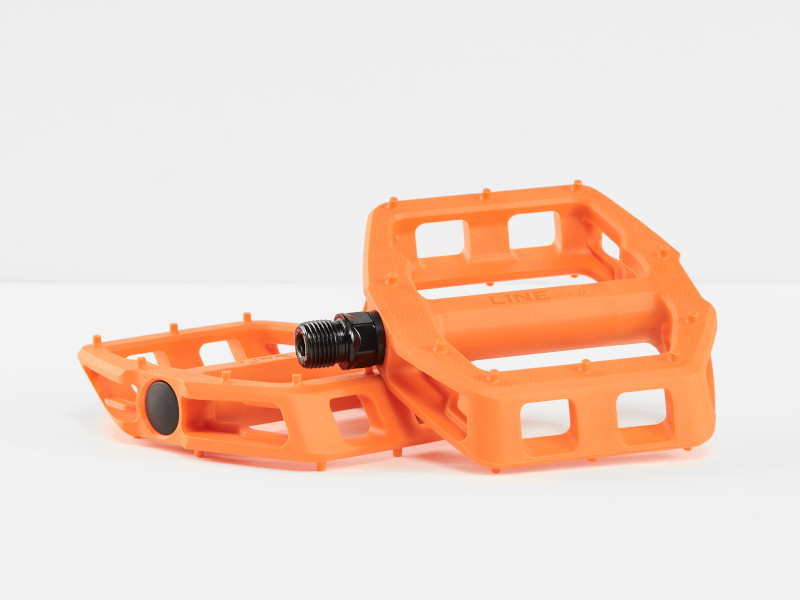
Platform pedals are similar to flat pedals, and are often still called flats, but they have a larger surface area that makes them easier to grip with your feet. They also usually have plastic or metal pins which stick up from the pedal. These are designed to stick into the sole of your shoe for better grip. The metal pins can shred the bottom of your shoes (and also your shins) so not the best option for commuting. However, they do work great for trail and enduro mountain biking.
Toe Clips – around £20 to £50
Toe clips are an older type of pedal that's not used much anymore. They consist of a metal or plastic cage that goes over your foot and attaches to the front of the pedal. They do give you a bit more power than a standard flat pedal but have largely been replaced by clip-in pedals.
Clip-in Pedals – around £50 to £500 for pedals plus £90 to £300 for compatible shoes
Clip-in pedals are the most popular type of pedal among road cyclists and racers. Just to make things nice and easy they are also sometimes called clipless pedals because they don’t have toe clips (see above).
Clip-in, or clipless, pedals offer several advantages over other types of pedals, but the main one is they are much more efficient and you get much more power from each pedal stroke. You will be physically connected to the pedal using a purpose designed shoe and cleat so you can push through more of the pedal stroke. You also don’t have to worry about your foot slipping off. However, there is a learning curve with clip-in pedals and nearly everyone falls over while still clipped into their bike when they are starting out. Once you get past that obstacle (you normally only do it once or twice) using clip-in pedals becomes second nature.
There are 2 main types of clip-in pedals for road and mountain bike
3 Bolt Road Pedals
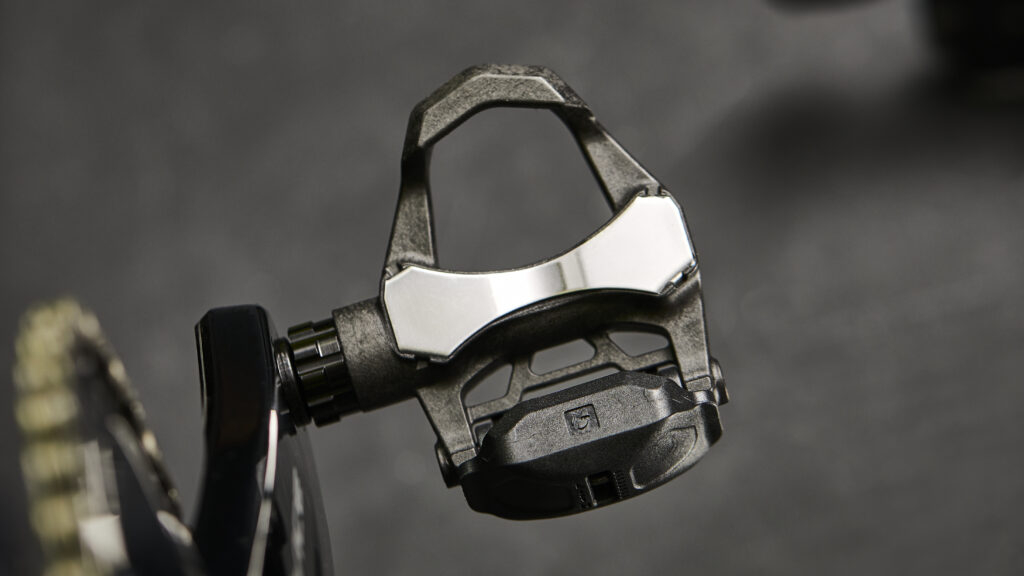
The first clip in pedals were designed by Look who also make ski bindings and they use a very similar principle. The triangular shaped cleat attaches to the bottom of specialist shoes. There is a bolt in each corner of the triangular cleat, which is why they are known as 3 bolt. You push the front end of the cleat in first then press down onto the back. Shimano also make a very, similar version called SPD-SL. Although they look similar Shimano and Look pedals and cleats are not compatible so you need to use one or the other.
2 Bolt Mountain Bike Pedals
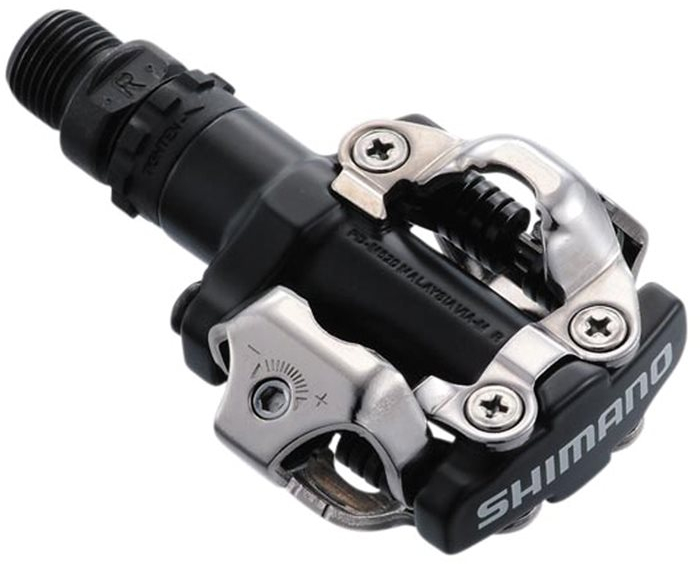
Although there are lots of brands and variations of this system the most popular are made by Shimano and are known as SPD (Shimano Pedaling Dynamics). Mountain bikers sometimes need to get off and walk. The large 3 bolt road cleats aren’t easy to walk in and don’t leave any room for grip on the bottom of your shoes. The 2 bolt SPD system uses a much smaller rectangular metal cleat which is designed to fit between the grips and making walking easy. SPD pedals generally have a slightly looser mechanism as well so you can get your feet out of the pedals easier. As well as being great for mountain biking SPD pedals are popular with commuters, gravel riders and touring cyclists.
Which pedals will you pick?
Now that you know all about the different types of bike pedals, it's time to make a decision about which ones are right for you. If you're looking for efficiency and performance, clip-in pedals are a good choice. If you want something that's easy to use and doesn't require any special shoes, flat or platform pedals might be best for you. And if you're looking for something that offers extra grip, toe clips could be what you need. Whatever your needs might be, there's a pedal out there that's perfect for you.
